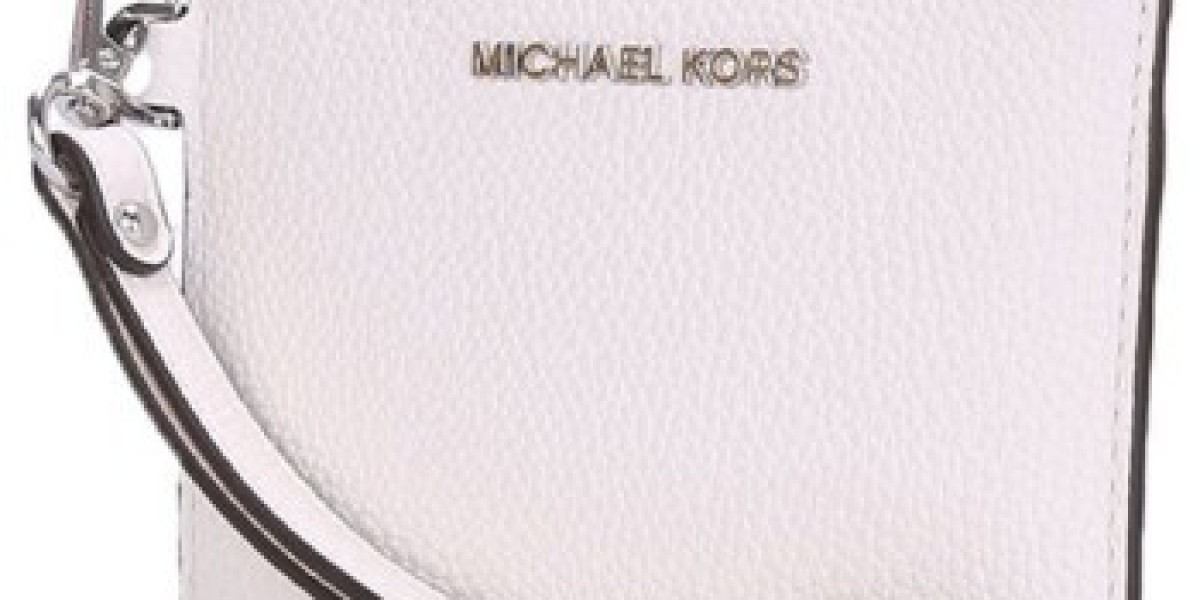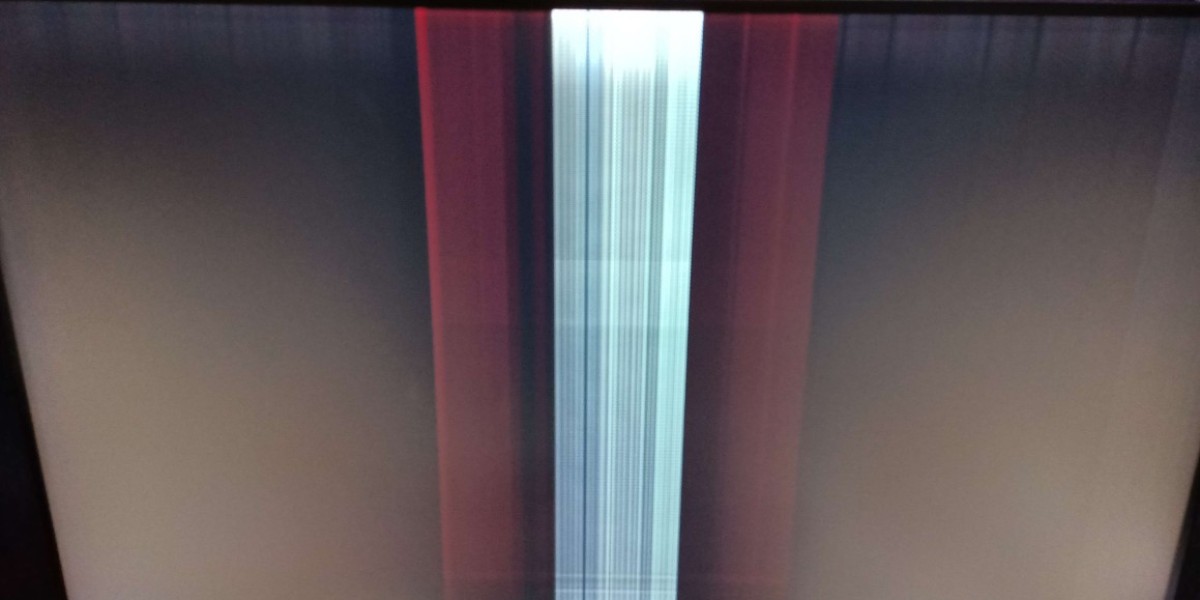In the evolving landscape of cardiovascular and vascular surgery, vascular patches have emerged as vital tools in restoring and maintaining blood flow in compromised blood vessels. These biomedical innovations serve as supportive grafts used during surgeries to repair or reconstruct vessels affected by conditions such as aneurysms, stenosis, or trauma. Vascular patches are not merely surgical accessories—they represent a significant advancement in medical science, offering life-saving possibilities with improved outcomes and minimized complications.
Vascular patches are commonly used in procedures such as carotid endarterectomy, peripheral artery bypass, and arteriovenous fistula creation for dialysis patients. These patches act as reinforcements, closing arterial incisions and minimizing the risk of restenosis. The global market for vascular patches has seen a substantial rise in recent years, driven by increased cardiovascular disease incidence and technological advancements. Surgeons and healthcare providers now have access to a wide range of patch materials, from synthetic options like polytetrafluoroethylene (PTFE) and polyester to biologically derived ones, including bovine pericardium and human tissue-engineered alternatives.
The Meaning Behind Vascular Patches
At their core, vascular patches are biomedical implants designed to facilitate arterial or venous repair. These patches serve two key functions: preventing leakage at the site of vascular intervention and promoting tissue integration for long-term healing. Unlike traditional suturing techniques, which may narrow vessel lumens and impair flow, vascular patches preserve arterial diameter and reduce the risk of restenosis—a common cause of post-operative complications. In this sense, they embody a surgical philosophy that combines structural support with biological compatibility.
What makes vascular patches particularly significant is their role in critical interventions. During carotid endarterectomy—a procedure to remove plaque from the carotid artery—the patch not only helps close the artery but also maintains patency, thereby reducing the chance of stroke. Their application in such high-stakes surgeries reflects their essential contribution to cardiovascular medicine.
Innovations Driving the Field Forward
The field of vascular patches is undergoing rapid innovation, aimed at enhancing the durability, biocompatibility, and usability of these devices. One major development is the introduction of bioresorbable patches—materials that gradually degrade after implantation, leaving behind regenerated tissue. This approach reduces the risk of chronic inflammation and eliminates the long-term presence of foreign material in the body.
Another cutting-edge innovation is the advent of tissue-engineered vascular patches, developed using stem cells or extracellular matrices to mimic native vascular tissue. These patches are capable of remodeling within the host body, aligning with the dynamic needs of vascular environments. Advanced sterilization and anti-thrombogenic coatings have also been incorporated into modern patches to reduce infection risks and improve hemocompatibility.
Additionally, 3D printing and computer-aided design have enabled the customization of vascular patches for patient-specific applications. Surgeons can now obtain patches tailored to precise anatomical requirements, further improving surgical accuracy and outcomes.
Clinical Applications and Benefits
Vascular patches are used across a range of surgical procedures. In peripheral vascular disease, they are deployed to augment vascular grafts and close incisions in arteries such as the femoral or popliteal. In dialysis access surgeries, patches help reinforce arteriovenous fistulas, ensuring longer usability and reducing interventions. They are also integral to pediatric cardiac surgeries, where congenital defects require precise and durable reconstruction techniques.
The benefits of vascular patches are numerous. They reduce suture line tension, which is crucial for preventing bleeding and promoting healing. They also help maintain the shape and diameter of vessels post-surgery, leading to improved blood flow and reduced turbulence—factors essential in preventing thrombosis and restenosis. Moreover, the ability to choose from different patch materials allows surgeons to tailor solutions based on patient-specific factors, such as immune response and tissue compatibility.
Challenges and Considerations
Despite the remarkable progress in vascular patch technology, some challenges remain. Synthetic patches, while durable, may provoke inflammatory responses or become infected. Biologic patches, though more compatible, can be costly and subject to supply limitations. The risk of calcification or degradation over time, particularly in high-pressure arterial environments, must also be addressed.
There’s also a learning curve associated with newer materials and designs, requiring ongoing training for vascular surgeons. Surgical teams must assess each patient individually, balancing the benefits of innovative patches with the potential risks and cost implications.
The Future of Vascular Patch Technology
Looking ahead, the future of vascular patches lies in greater personalization, smart biomaterials, and regenerative medicine. Research is ongoing into self-healing materials that respond dynamically to the vascular environment, adjusting their properties based on pressure or biochemical cues. The integration of sensors within patches to monitor healing and detect early signs of infection or restenosis is also under exploration.
Regenerative techniques may soon allow patches to completely integrate and transform into living tissue, offering permanent solutions without long-term foreign body presence. Such developments hold promise not only for traditional cardiovascular patients but also for complex trauma and transplant surgeries.








